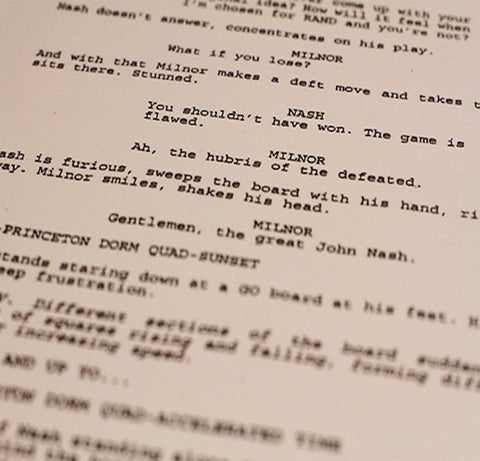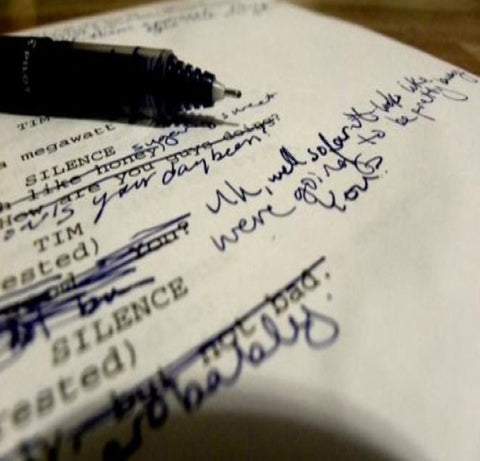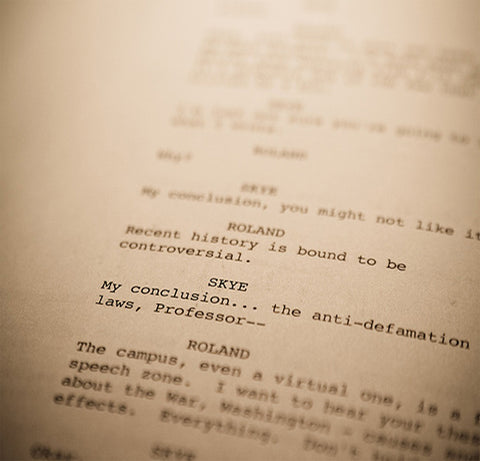
MYSTERY VS. CONFUSION
Sometimes scripts mix up the distinction between mystery and confusion. With both mystery and confusion, we are giving the audience a story that is unclear; they don’t know exactly what is happening or why.
The difference being with mystery, the script is carefully building a machine comprised of gears made of clues. The script knows exactly what is happening and why, and is revealing both by presenting the audience one piece of the puzzle at a time.
It’s a purposeful crafting of narrative, with a clear pay-off for the audience: they have fun trying to guess what’s going on, and can enjoy a sense of resolution when the mystery is revealed.
Rian Johnson’s latest who-done-it, GLASS ONION, largely accomplishes this as his protagonist, Benoit Blanc, navigates a twisty plot in search of motive and opportunity. Or take for example, the classic mystery-comedy CLUE, which is so well-constructed that it famously offered different endings in which various characters are revealed to be the true murderer, each with a set of motivations and actions that make complete sense within the context of the story as presented. The pieces of the mystery are so well-honed that the film is able to take them apart and put them back together again in a variety of ways, and it plays every single time.
Sometimes, people criticize a film because they are able to figure out the mystery too easily and/or too early. That critique is fine, but it points to the presence of an actual, constructed mystery. If the mystery can be figured out and solved, then the clues fit together in a logical manner. Simply put, the script is doing its job.
And the complaint is one of disengagement. That is: an audience member who figures out the mystery too easily or too soon is thus not as able to engage with the storytelling; they know where it’s going and why. This is the heart of what the mystery has to offer: engagement. The script is engaging the audience in a conversation. They are playing a game with the film, trying to piece together the clues as they are presented. It’s the clever and elevated mystery that can complicate the process while still maintaining the integrity of its structure and logic. It doesn’t cheat.
That cheating is confusion. As mentioned, confusion looks like mystery, because we also have an audience that doesn’t know what’s going on or why.
The difference being the script doesn’t, either. It’s making up random stuff. Instead of careful, logical construction of narrative, it’s giving us empty illusions of things that look like they are meaningful, and perhaps part of a mystery, but are in fact just… nothing. It’s like standing next to a car and shouting “VROOM! VROOM!” and then trying to brag about its powerful engine.
Occasionally we'll see scripts that have some elements that are crafted mystery, but once the script paints itself into a corner, instead of doing the work to craft a narrative that clicks, it instead fills in the gaps with cheats. That’s empty confusion, which is inherently unsatisfying for the audience and should be avoided. It’s better to do the work, make the mystery play.




